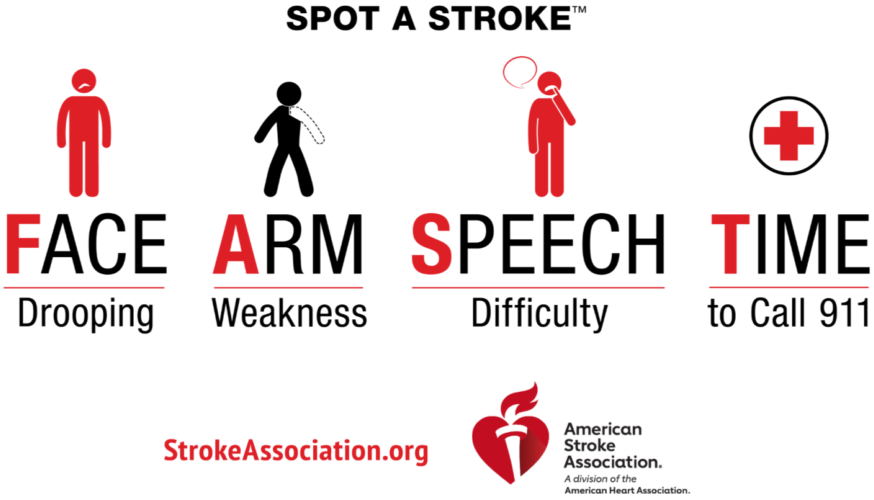Stroke Rehab
In-patient Rehab Recommended Over Nursing Homes for Stroke Rehab
Whenever possible, the American Stroke Association strongly recommends that stroke patients be treated at an in-patient rehabilitation facility rather than a skilled nursing facility.
While in an in-patient rehabilitation facility, a patient participates in at least three hours of rehabilitation a day from physical therapists, occupational therapists, and speech therapists. Nurses are continuously available and doctors typically visit daily. An in-patient rehabilitation facility may be a free-standing facility or a separate unit of a hospital.
“If the hospital suggests sending your loved one to a skilled nursing facility after a stroke, advocate for the patient to go to an in-patient rehabilitation facility instead — unless there is a good reason not to — such as being medically unable to participate in rehab. There is considerable evidence that patients benefit from the team approach in a facility that understands the importance of rehabilitation during the early period after a stroke,” said Winstein, who is a professor of biokinesiology and physical therapy at the University of Southern California in Los Angeles, California.
Hospital Discharge
Caregivers should also insist that a stroke survivor not be discharged from the hospital until they have participated in a structured program on preventing falls. This includes education about changes to make the home safer (such as removing throw rugs and improving lighting), minimizing the fall risk resulting from the side effects of medication, and safely using assistive devices such as wheelchairs, walkers and canes.
“This recommendation will probably change medical practice. Even the top stroke centers may not have a formal falls-prevention program, but it is very important because a high percentage of patients end up falling after a stroke,” Winstein said.
Other recommendations include:
Intense mobility-task training after stroke for all survivors with walking limitations to relearn activities such as climbing stairs.
Individually tailored exercise program so survivors can safely continue to improve their cardiovascular fitness through the proper exercise and physical activity after formal rehabilitation is complete.
An enriched environment (which might include a computer, books, music and virtual reality games) to increase engagement and cognitive activities during rehabilitation. NOTE: There is not yet enough research to determine whether specific promising new techniques, such as activity monitors and virtual reality games, are effective at helping patients.
Story Source:
Content provided by American Heart Association.
Journal Reference:
Carolee J. Winstein et al. Guidelines for Adult Stroke Rehabilitation and Recovery: A Guideline for Healthcare Professionals From the American Heart Association/American Stroke Association. Stroke, May 2016 DOI: 10.1161/STR.0000000000000098.

